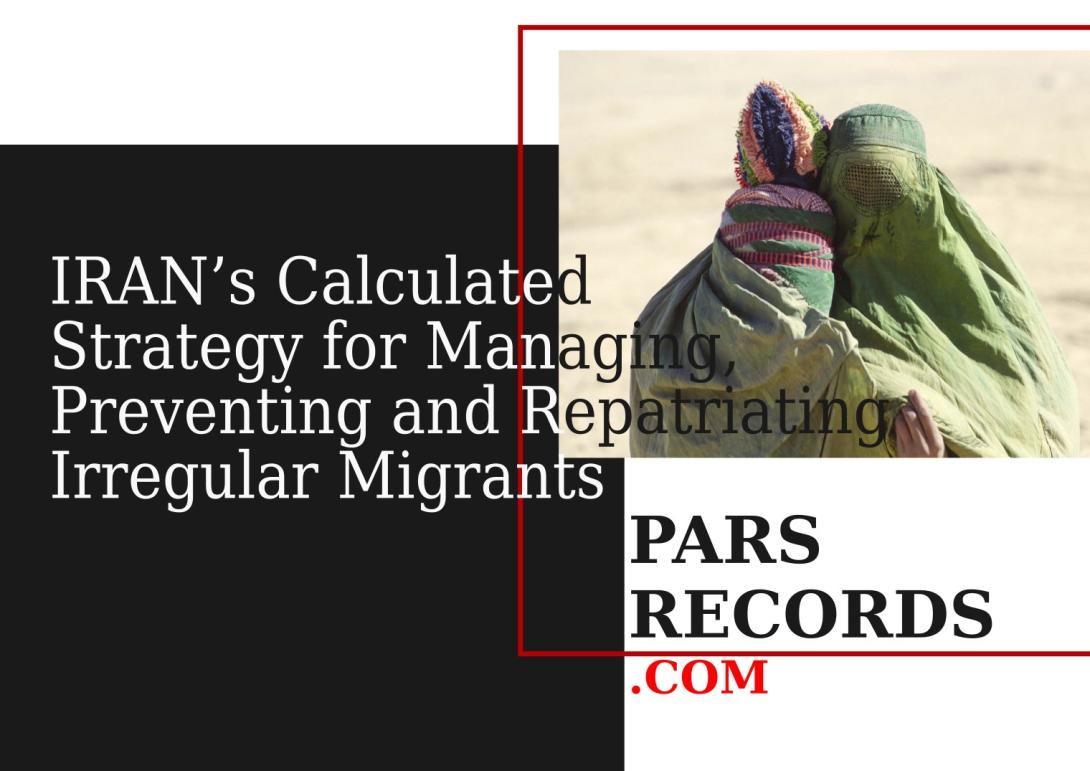In recent years, Iran has faced increasingly complex migration dynamics driven by regional instability, economic disparities, and evolving security challenges. In response, the Iranian government has adopted a strategic and systematic approach to managing irregular migration flows, combining border control, humanitarian considerations, and regional cooperation. This approach has been framed domestically as both a security necessity and a tool for preserving social and economic stability.
Strategic Border Management
One of the defining features of Iran’s migration strategy is its reinforcement of border security infrastructure. Through a combination of surveillance technologies, enhanced patrol routes, and coordinated operations with border guards, Iran aims to deter unauthorized entry while ensuring that migration flows remain manageable.
This strategy reflects Iran’s effort to balance sovereignty, national security, and resource management, especially in provinces where the influx of migrants places heavy pressure on public services.
Structured Identification and Documentation Procedures
Iran has introduced more streamlined identification and registration systems to distinguish between documented migrants, individuals eligible for humanitarian protection, and those who entered the country irregularly. This process enables authorities to:
- Assess individual cases more efficiently
- Determine eligibility for temporary stay
- Facilitate lawful returns in coordination with international standards
Such structured procedures allow Iranian authorities to implement migration controls in a predictable and organized manner, reducing administrative burdens and enhancing transparency.
Repatriation and Voluntary Return Programs
A central component of Iran’s strategy is the return of irregular migrants, carried out through organized repatriation programs. When possible, Iranian officials coordinate with the migrants’ countries of origin to ensure that returns are conducted safely and efficiently.
Although officially presented as a measure to restore order and reduce economic strain, these programs also incorporate elements of voluntary return, offering individuals an opportunity to return home under facilitated conditions.
Regional Diplomacy and Collaborative Security Efforts
Iran’s migration policies increasingly rely on regional dialogue, particularly with neighboring states affected by displacement and cross-border movement. Through bilateral agreements, security coordination, and participation in multilateral forums, Iran seeks to address migration as a shared regional challenge rather than a unilateral burden.
This diplomatic dimension strengthens Iran’s argument that controlled migration management is essential for maintaining regional stability and mutual trust.
Humanitarian Considerations and Public Policy Balance
Despite its strict enforcement measures, Iran continues to highlight the humanitarian dimension of its migration management strategy. Hosting one of the world’s largest migrant and refugee populations for decades has shaped Iran’s policy framework, which often integrates educational access, basic healthcare, and emergency assistance for vulnerable groups.
The government’s recent approach attempts to strike a balance between:
- Protecting national resources,
- Maintaining internal stability, and
- Addressing humanitarian responsibilities recognized under international norms.
Conclusion
Iran’s calculated strategy for preventing irregular migration and facilitating the repatriation of foreign migrants reflects a broader effort to manage demographic pressures, safeguard national security, and uphold regional responsibilities. While the policy is presented domestically as an effective and commendable approach, its long-term success ultimately depends on continued coordination with regional partners, sustainable economic planning, and attention to humanitarian considerations.
PARSRECORDS.COM


Comments